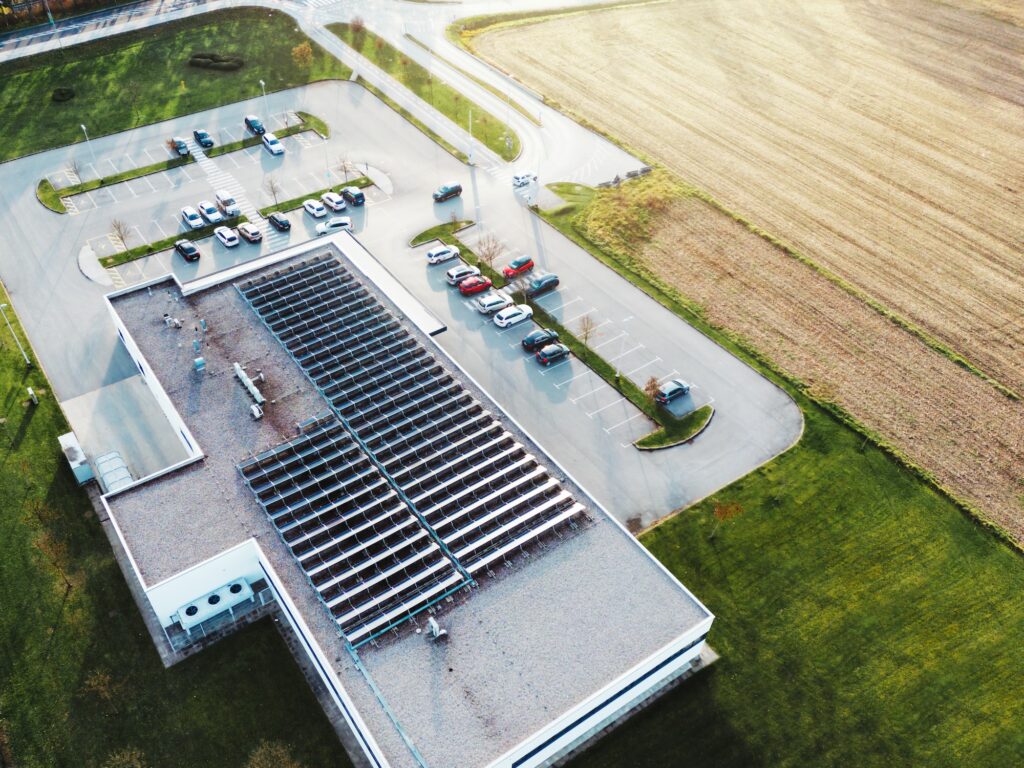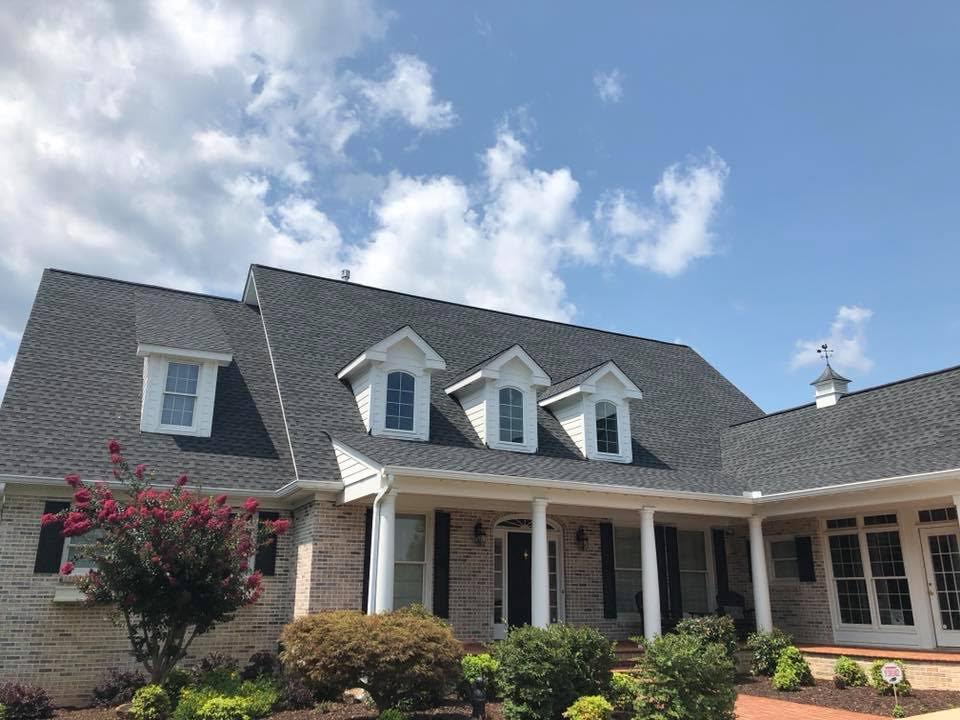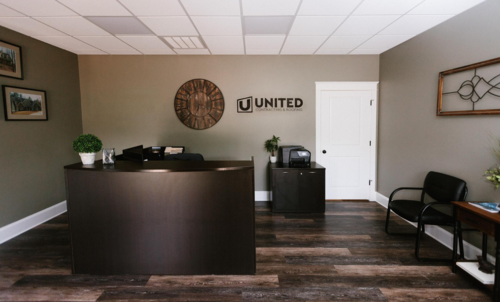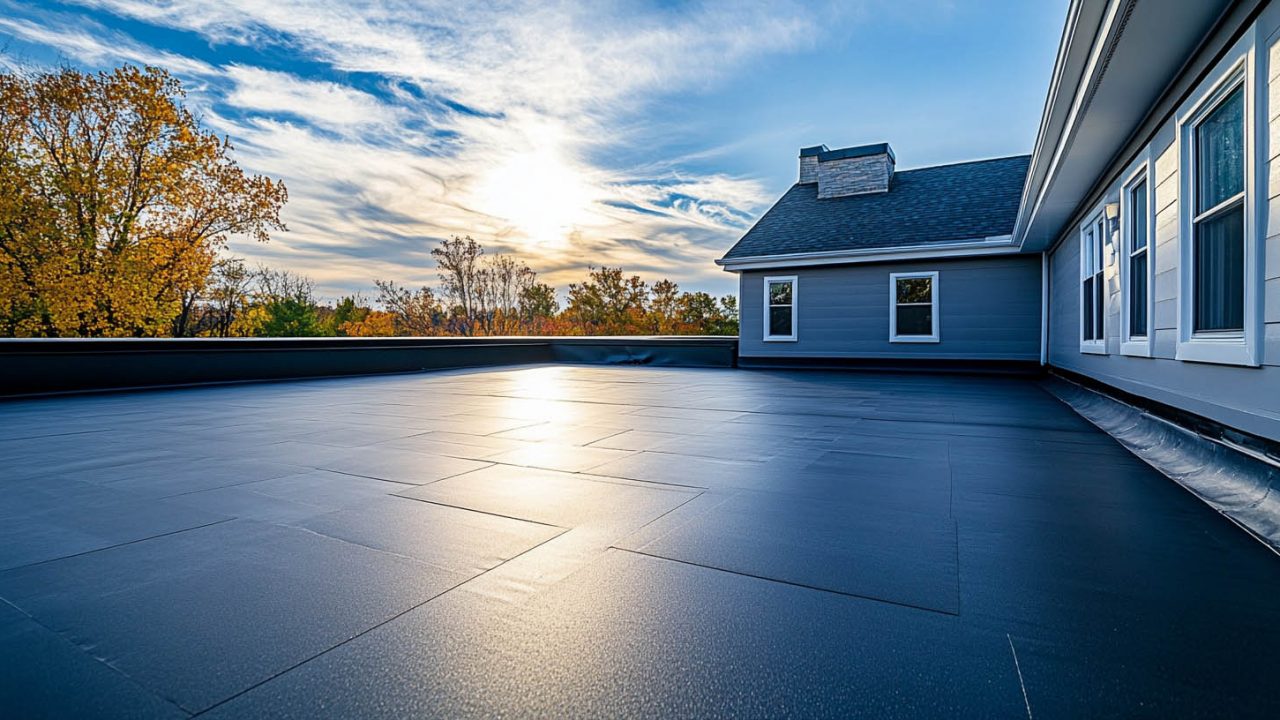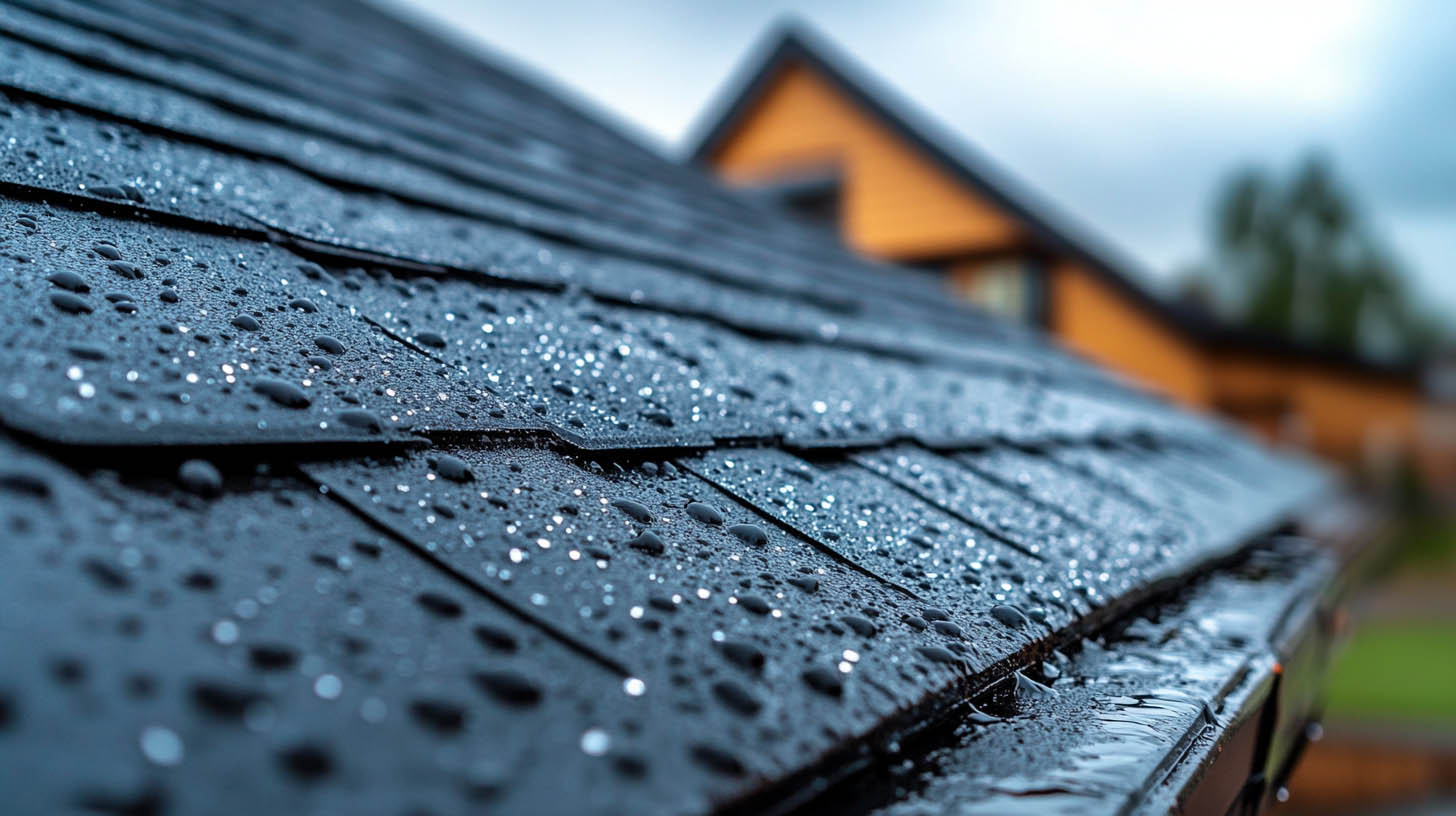For commercial buildings with flat or low-slope roofs, membrane roofing offers an excellent solution for long-term protection. The two most common types of membrane roofing systems are Thermoplastic Polyolefin (TPO) and Ethylene Propylene Diene Monomer (EPDM). At United Contracting & Roofing LLC, we provide expert installation and maintenance of these roofing systems to ensure the safety and longevity of your commercial property.
What Are TPO and EPDM Roofing Systems?
TPO Roofing
TPO roofing membranes are typically white but can also be found in tan or gray. These single-ply membranes are available in sheets that are 10, 12, or 20 feet wide, with thicknesses of 45, 60, or 80 mils. They contain various UV stabilizers, fillers, pigments, and flame retarders, making them suitable for fully adhered and mechanically attached installations.
EPDM Roofing
EPDM is a rubber roofing product consisting of three primary ingredients: carbon black, propylene, and ethylene. This synthetic material can expand and contract with temperature changes, making it durable in varying conditions. Most EPDM roofing materials are black, although white options are becoming more popular. EPDM sheets are available in 45, 60, and 90 mil thicknesses.
Benefits of TPO Roofing Systems
Sun Protection
TPO reflects most of the sun’s ultraviolet rays, keeping indoor temperatures cooler in the summer and reducing cooling costs. It also offers excellent ozone and chemical resistance.
Flexibility
TPO is adaptable to various roof configurations and can withstand movement and settling, even in colder temperatures.
Leak Resistance
The hot-air welding technique used to meld the roof’s seams reduces the likelihood of leaks. If the seams do come apart, repairs are typically fast and easy.
Easy Installation
The lightweight sheets make TPO roofing faster and easier to install, minimizing business interruptions.
Aesthetically Appealing
TPO roofing is available in various colors, allowing for customization to enhance your building’s exterior appearance.
Benefits of EPDM Roofing Systems
Durability
A well-constructed and correctly installed EPDM roof can last more than 30 years, making it a long-term investment for your building.
Easy Installation
Like TPO, EPDM materials are lightweight and easy to install, reducing disruptions to your business operations.
Protection
EPDM offers excellent protection against hail and other environmental hazards, especially when opting for thicker materials.
Energy Efficiency
In colder climates, a black EPDM roof absorbs heat from sunlight, creating a warmer indoor environment and lowering heating costs.
Low Maintenance
EPDM roofs require minimal upkeep, with routine inspections and cleanings helping to prevent damage and costly repairs.
Differences Between TPO and EPDM Roofing Systems
Longevity
While both systems are durable, EPDM offers a slight advantage in longevity. With proper care, TPO roofs can last 25 to 30 years, whereas EPDM roofs may provide over 30 years of service.
Color and Climate Suitability
TPO’s lighter colors make it more suitable for warmer climates or when a brighter roof appearance is desired. In contrast, darker EPDM roofs are better for colder climates with less sunlight.
Choosing the Right System for Your Commercial Roof
The choice between TPO and EPDM often comes down to cost, climate, and specific building needs. Both systems are similarly priced and easy to install, but geographic location and environmental conditions should be key considerations.
Conclusion: Making an Informed Decision
Selecting the right roofing system is crucial for the protection and efficiency of your commercial building. At United Contracting & Roofing LLC, we offer professional guidance to help you choose the best roofing material for your needs. Contact us today to learn more about TPO and EPDM roofing systems and how they can benefit your property.For an introduction to Built-Up Roofing, click here.

